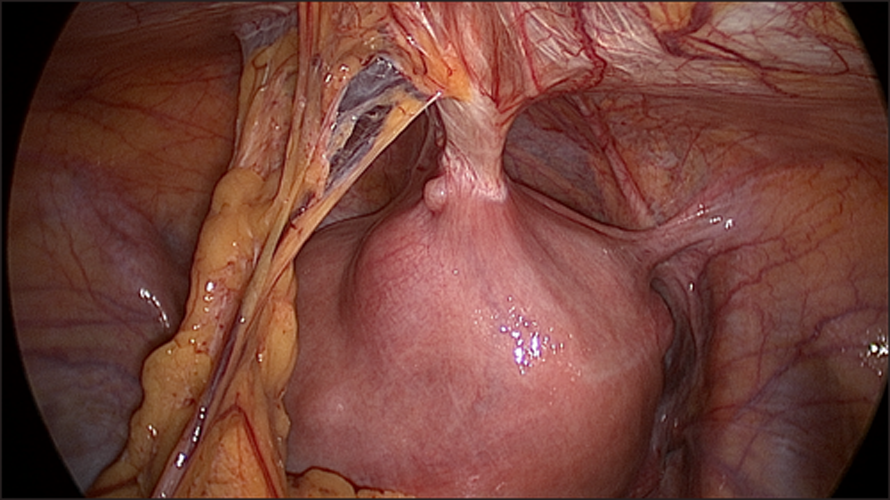A Hysterectomy is a surgical procedure in which a woman's Uterus (also known as Womb) is removed The uterus is where a baby grows when a woman is pregnant. Usually, the entire uterus is removed during the procedure. The ovaries and fallopian tubes may also be removed by the surgeon. One cannot conceive after a hysterectomy and no longer have menstrual periods.
Hysterectomy is one of the most common surgeries for women and can be performed for various medical reasons, such as:
There are different types of hysterectomies, including abdominal, vaginal, and laparoscopic-assisted. A total hysterectomy removes the uterus and cervix, which is usually the preferred option because it eliminates the risk of developing cervical cancer later.
There are different types of hysterectomy, depending on how much of the reproductive organs are removed. Each type of hysterectomy has different implications for recovery, hormonal balance, and reproductive health. The type recommended depends on the patient’s medical condition and overall health.
Hysterectomy can be performed in several ways like Abdominal Hysterectomy, Robotic-Assisted Hysterectomy, Hysteroscopic Hysterectomy.
An Abdominal Hysterectomy is a surgical procedure where a woman's uterus is removed through an incision in the lower abdomen. This procedure may be necessary for several reasons, including the treatment of uterine fibroids, cancer, endometriosis, chronic pelvic pain, or abnormal bleeding that doesn’t respond to other treatments.
Procedure :
The surgery typically requires general anesthesia and can take about 1-2 hours. The surgeon makes a horizontal or vertical incision in the lower abdomen to remove the uterus. Sometimes the ovaries and fallopian tubes may also be removed, depending on the condition being treated.
After the procedure, the patient will no longer menstruate and, if the ovaries are removed, may experience immediate menopause.
In a vaginal hysterectomy, the uterus is surgically removed through the vagina. It is considered as minimally invasive procedure.
ProcedureGeneral anesthesia or regional anesthesia (such as a spinal block) is used to ensure the patient is comfortable and pain-free.
There is a little cut made at the vaginal opening. The surgeon detaches the uterus from surrounding tissues, including ligaments, blood vessels, and the fallopian tubes. After that, the uterus is taken out through the vaginal entrance. The incision in the vaginal area is closed with dissolvable stitches.
Common Indications for a Vaginal HysterectomySimilar to every procedure, there are risks such as
For specific concerns or more detailed information about the procedure, it's always important to consult with a healthcare professional.
A laparoscopic hysterectomy is a surgical procedure used to remove a woman's uterus. Unlike traditional open surgery, which requires a large abdominal incision, this technique uses small incisions, typically in the abdomen, through which a laparoscope (a thin, lighted tube with a camera) and surgical instruments are inserted. This approach allows for quicker recovery, less pain, and smaller scars.
Advantages of laparoscopic hysterectomyRecovery typically takes about 2-4 weeks, depending on the patient's overall health and the complexity of the surgery
Recovery and ConsiderationsRecovery from a hysterectomy depends on the type of procedure performed but typically takes several weeks. After the surgery, women will no longer have menstrual periods and cannot become pregnant. Some women may also experience hormonal changes if the ovaries are removed, leading to menopause-like symptoms.
Hysterectomy is a major surgery, and the decision to undergo it is typically made after exploring other treatment options for the underlying condition. It is important to discuss all queries related to procedure with the concerned doctor properly